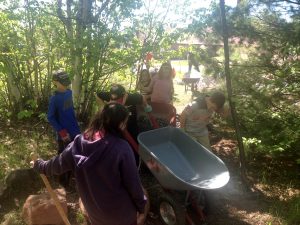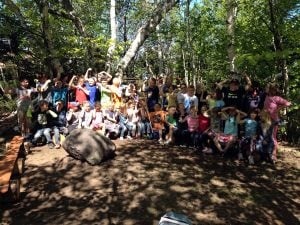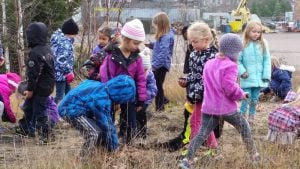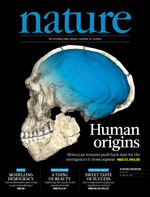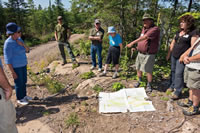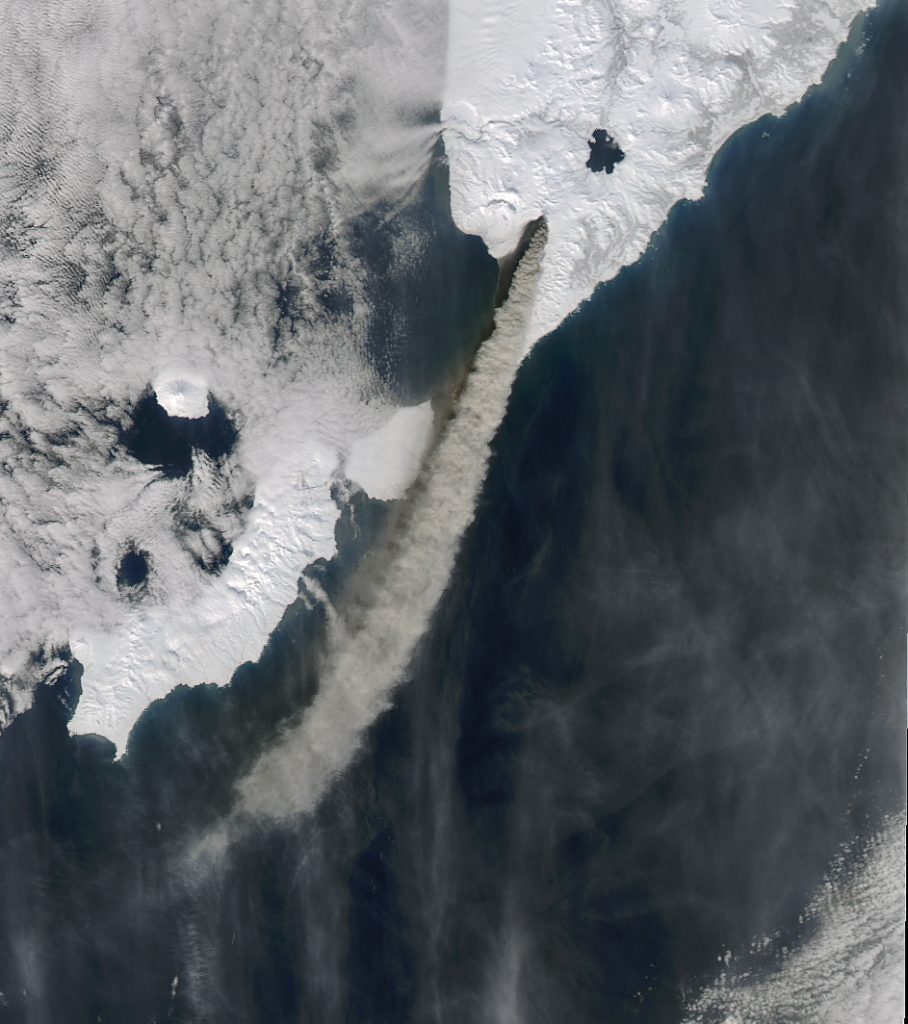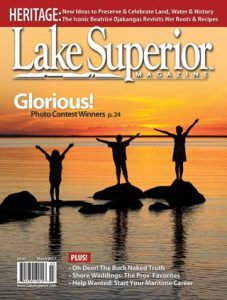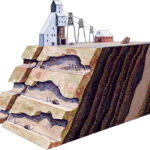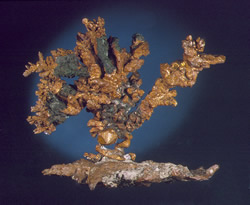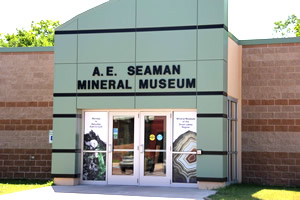WLUC TV6 aired a story about students at Calumet-Laurium-Keweenaw Elementary School building a boulder garden. The project is funded by a Michigan Space Grant Consortium geoheritage pilot grant to Michigan Tech to create boulder gardens and rock walks at CLK and E. B. Holman Elementary Schools, using representative rocks of the Keweenaw.
Students are also designing interpretative signage to accompany the installations with info about rock types and how geology has influenced life in the Keweenaw.
